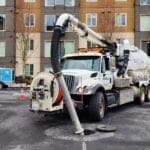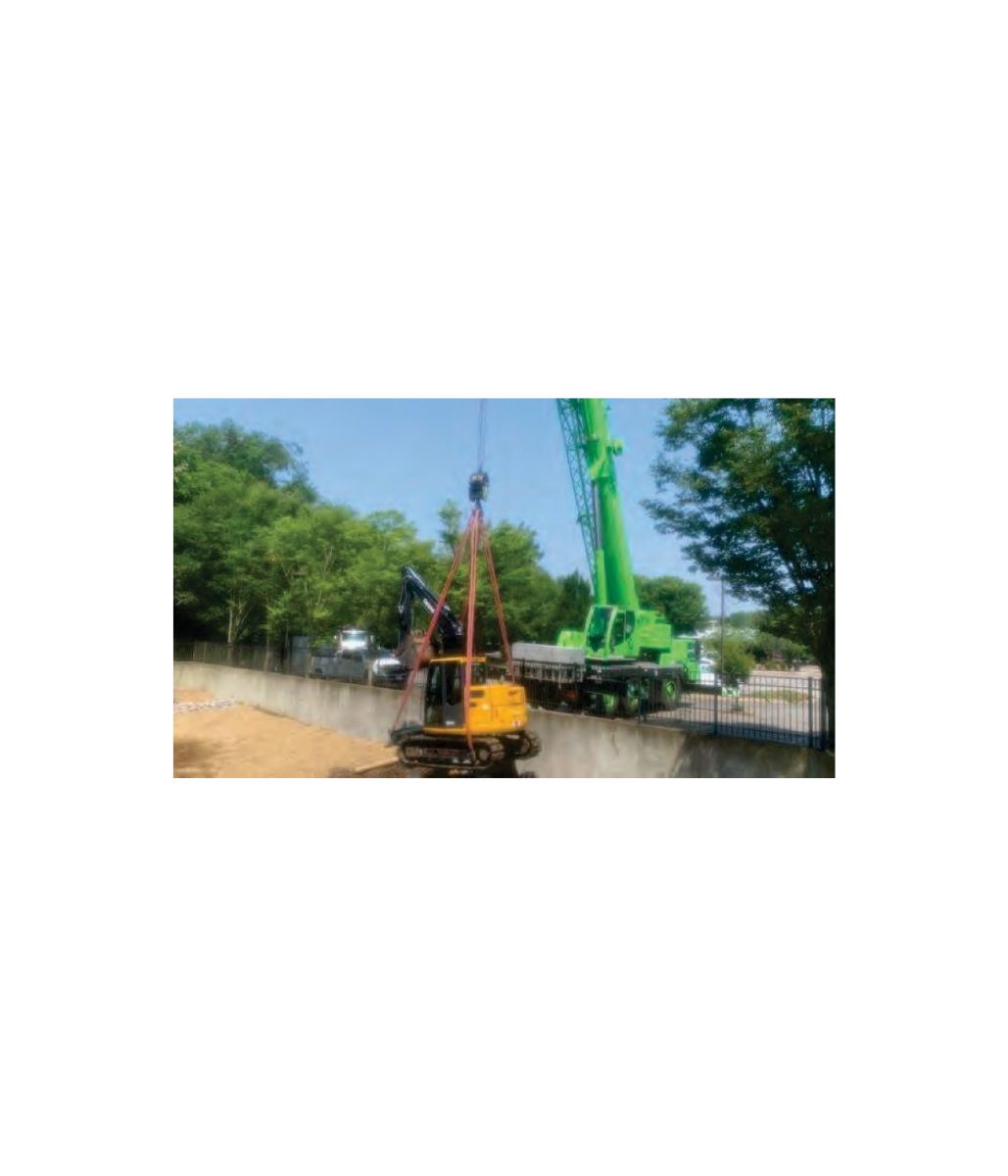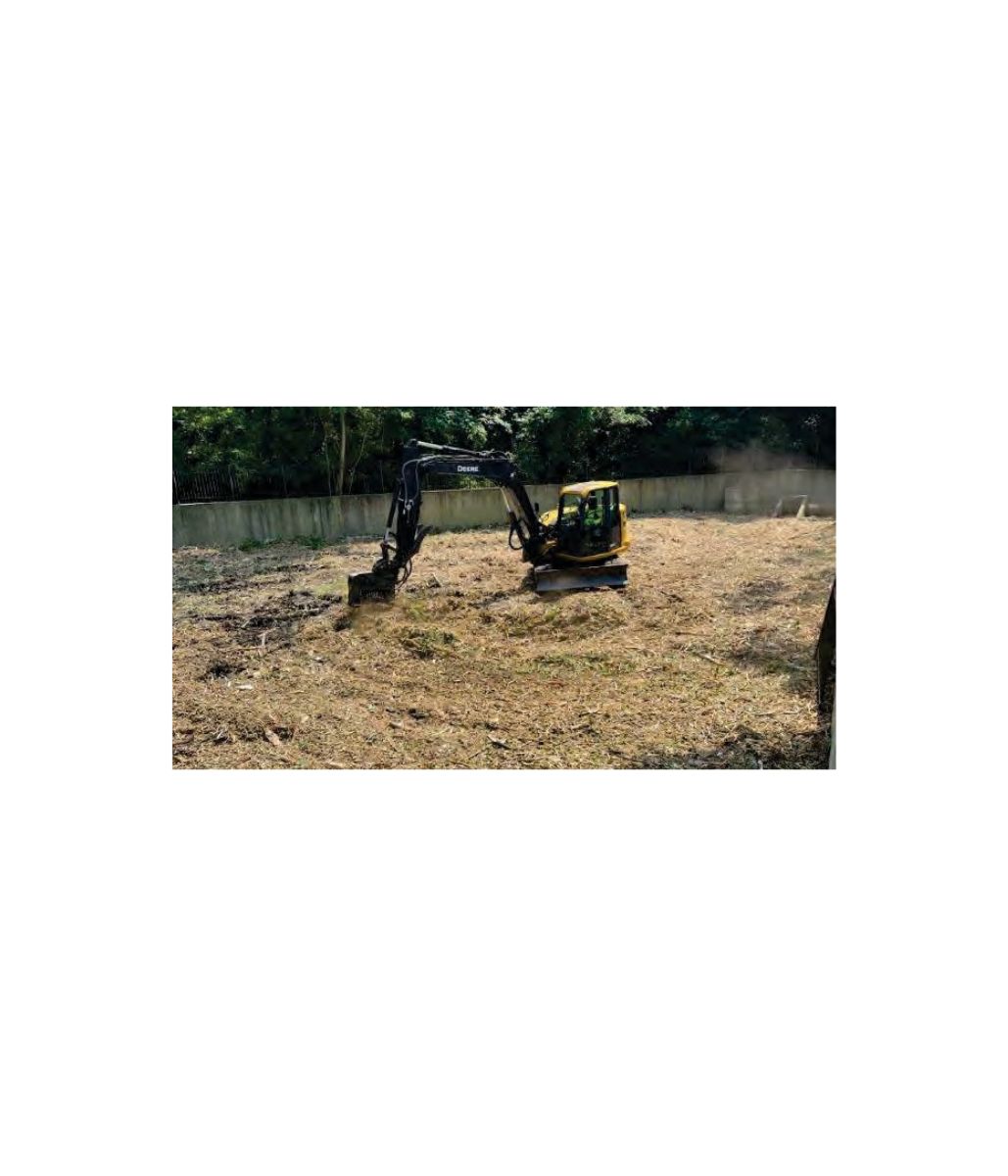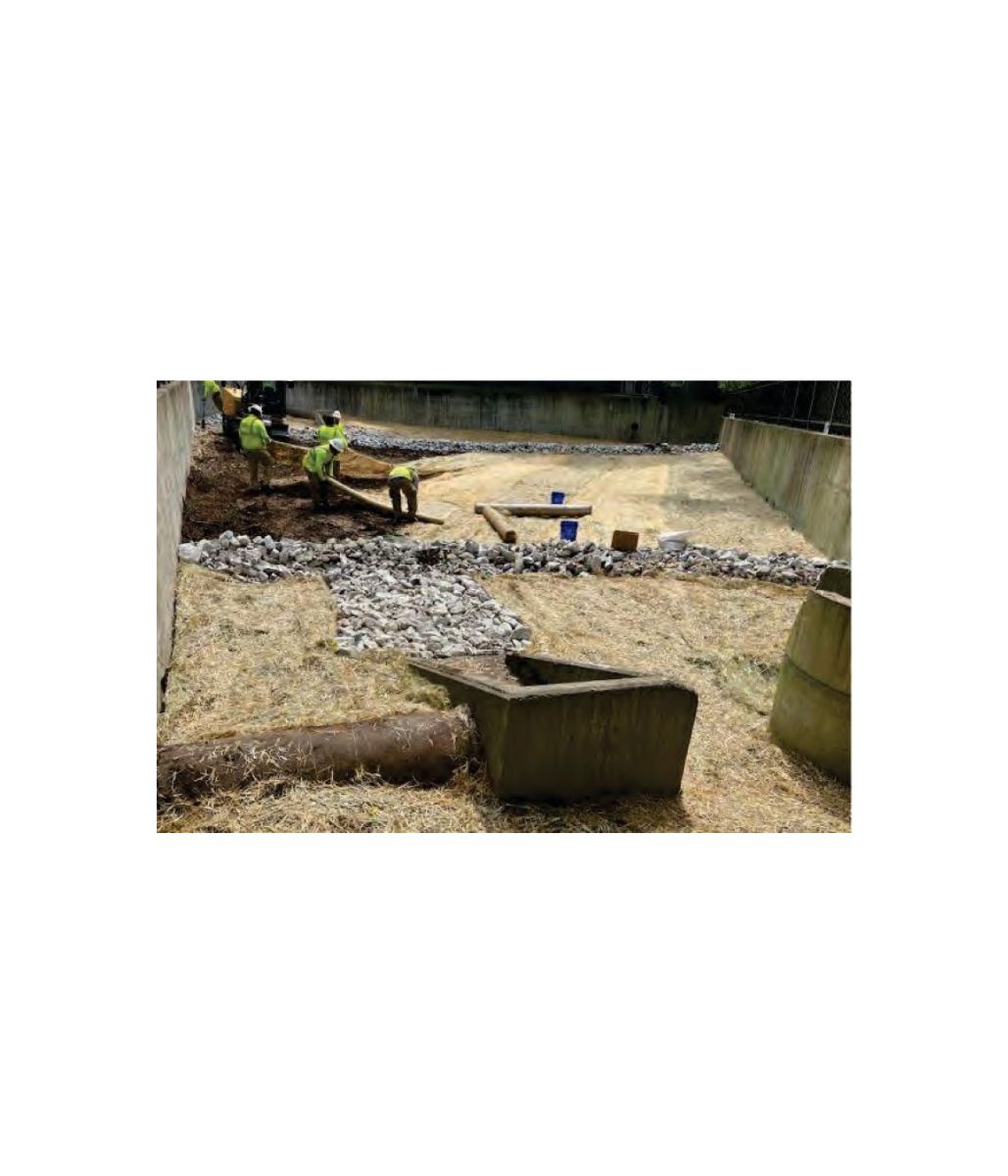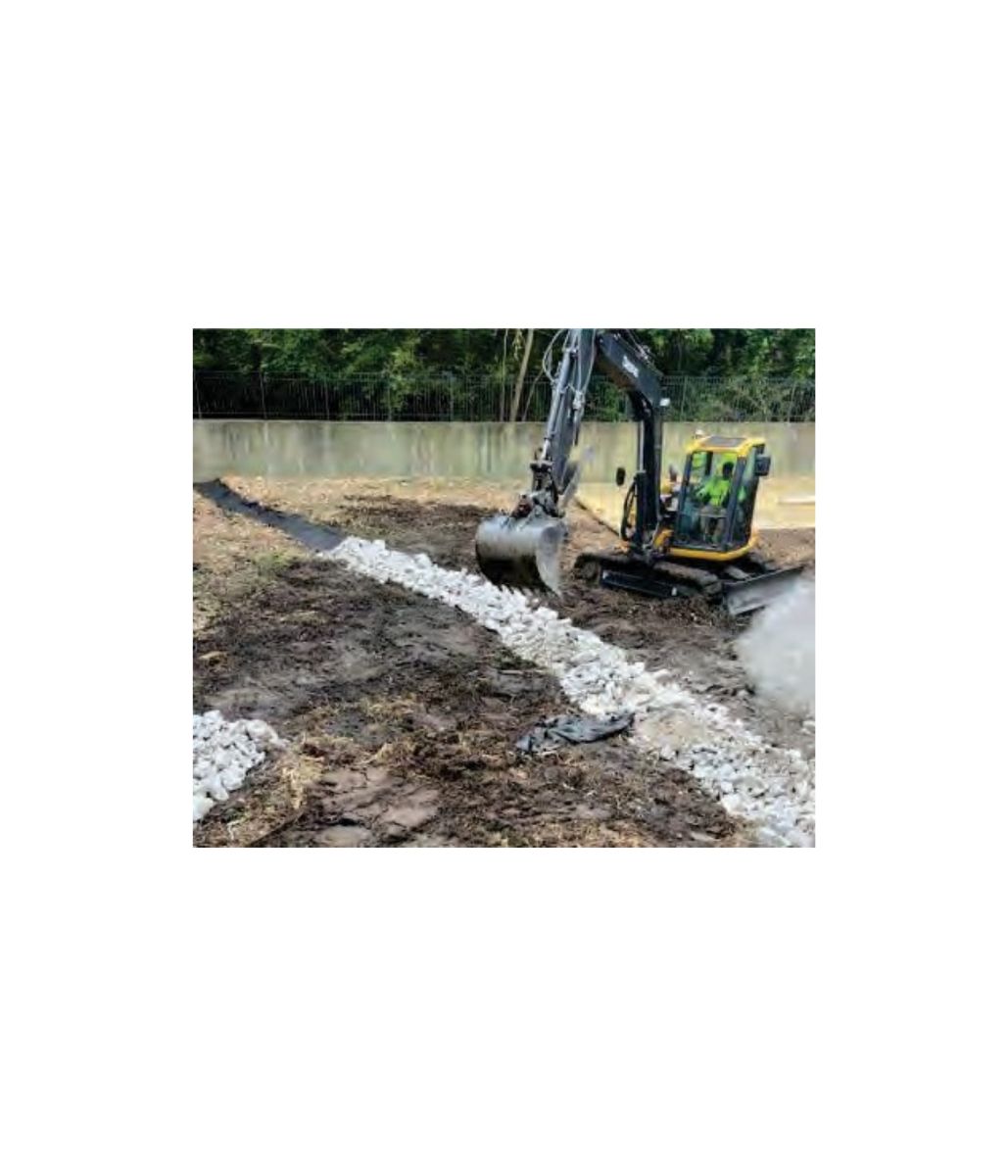Franklin, Tenn. Detention Pond Rehabilitation
Franklin, Tenn. |
Commercial |
Detention Pond
Overview:
AQUALIS was enlisted by this client to address a notice of non-compliance issued by the city’s engineering department. The notice required the restoration of deficient Stormwater Control Measures (SCMs) to meet the standards outlined in the original design plans and the operations and maintenance (O&M) manual.
By leveraging our expertise in stormwater solutions, AQUALIS developed and implemented a comprehensive plan to restore the site’s SCMs to align with the approved design specifications. This proactive approach ensured the property could continue operations without interruption while meeting its regulatory obligations.
Problem:
Following an on-site inspection by municipal staff, multiple lots were found to have deficient SCMs, raising immediate concerns. A stormwater system flagged as non-compliant can result in several consequences, including potential fines and legal action from municipal, state or federal agencies, depending on the severity. Additionally, non-compliance can lead to increased flooding, environmental degradation, safety concerns and further enforcement actions or community complaints. Some jurisdictions may also mandate ongoing monitoring and maintenance, to prevent future compliance issues.
Since the property no longer met the original design approvals, the original development and post-construction maintenance plans were consulted before implementing a corrective action plan. After a thorough assessment, AQUALIS developed and executed a comprehensive restoration process to bring the property back into compliance. The successful completion of this project was essential not only for meeting city regulations but also for mitigating environmental risks and preventing further penalties.

Before
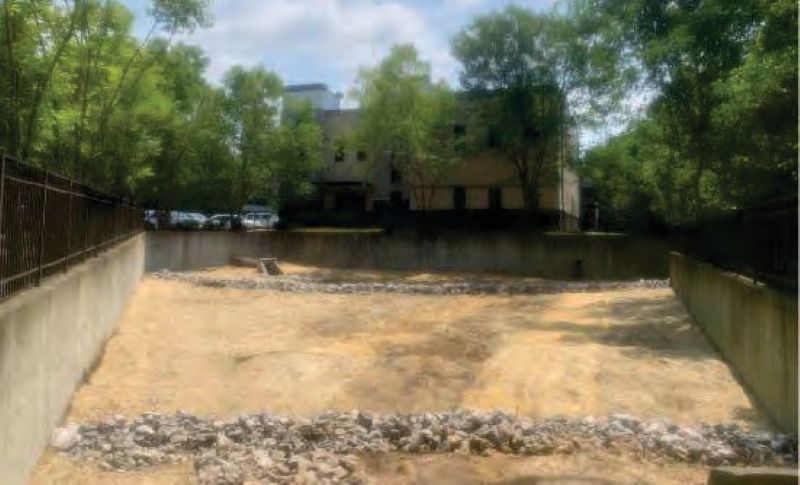
After
Solution:
Before initiating a project of this scale, AQUALIS took essential precautions to ensure safety, regulatory compliance and efficiency. The team began by installing temporary Best Management Practice (BMP) barricades and signage to secure the work area and mitigate potential environmental impacts. These temporary bypass measures prevent stormwater runoff from entering active construction sites and collecting additional pollutants. Once these measures were in place, all necessary labor and equipment were mobilized to the site.
The first phase of work focused on clearing the dry pond to restore its functionality. The detention area on this property was built behind a large concrete fence, restricting public access. To access the detention area safely, AQUALIS constructed temporary ramps, allowing equipment to enter the staging area without causing unnecessary disturbance to the site. A dedicated ground crew then removed large trees, woody vegetation and herbaceous overgrowth.
Following the removal of major vegetation, invasive plant species that could compromise the pond’s water treatment efficacy were removed. All cleared materials, including mulch and debris, were carefully collected, loaded and transported to an approved offsite disposal facility, ensuring compliance with environmental regulations and site restoration requirements.
Next, AQUALIS conducted a thorough excavation and grading process to restore the dry pond to its original design specifications. This involved the removal of accumulated sediment and polluted media from key structural components, including the basin, the outlet control structure (OCS) and surrounding inlets. By executing these tasks with precision, AQUALIS successfully returned the site to its designated elevations and gradients in accordance with the permitted plans.
In total, 600 cubic yards of bulked and loaded material was removed, including sediment from dredging and excess vegetation.
AQUALIS then cleared and replaced compromised rip rap berms, which are typically used to channel runoff and create barriers. These structures consist of strategically placed stones designed to absorb and dissipate the energy of flowing water, thereby reducing erosion.
Due to compliance regulations, once the existing berms were removed, both forebay filter berm footers and cut slopes were excavated to ensure proper grade. Non-woven filter fabric was then placed within the berm footer to enhance stability and filtration. Finally, new rip rap filter berms were installed and shaped in two forebays, to slow and direct the flow of water. Inlet dissipaters were installed to help prevent erosion, minimize sediment disturbance and protect downstream infrastructure by slowing fast-moving water.
Next, the outlet control structure (OCS) system, designed to regulate water discharge rates while ensuring continuous drainage during storm events, was thoroughly jetted and vacuum-cleaned. Following this process, an inspection was conducted to verify that proper elevations were maintained as required. Additionally, five tons of material were vactored from proprietary devices, which are engineered to capture sediment, debris and pollutants from stormwater runoff. The interior of these units was then jetted to ensure optimal functionality.
Finally, to prevent erosion, all seeded and bare areas were covered with erosion control blankets. A comprehensive inspection was conducted on all SCM components to verify proper functionality and compliance with the city, culminating in a successful restoration.
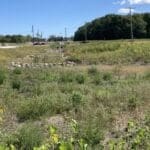 Kenosha, Wis. Highway KR Regenerative Stormwater ConveyanceThe Root-Pike Watershed Initiative Network Kenosha County, and others worked with AQUALIS to design and implement an innovative solution for stormwater control along Highway KR.
Kenosha, Wis. Highway KR Regenerative Stormwater ConveyanceThe Root-Pike Watershed Initiative Network Kenosha County, and others worked with AQUALIS to design and implement an innovative solution for stormwater control along Highway KR.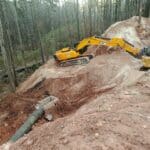 Durham, N.C. Sinkhole Leads to Stormwater System RehabilitationThe tenant on this property noticed a depression that opened to the ground below and notified the property owners.
Durham, N.C. Sinkhole Leads to Stormwater System RehabilitationThe tenant on this property noticed a depression that opened to the ground below and notified the property owners.